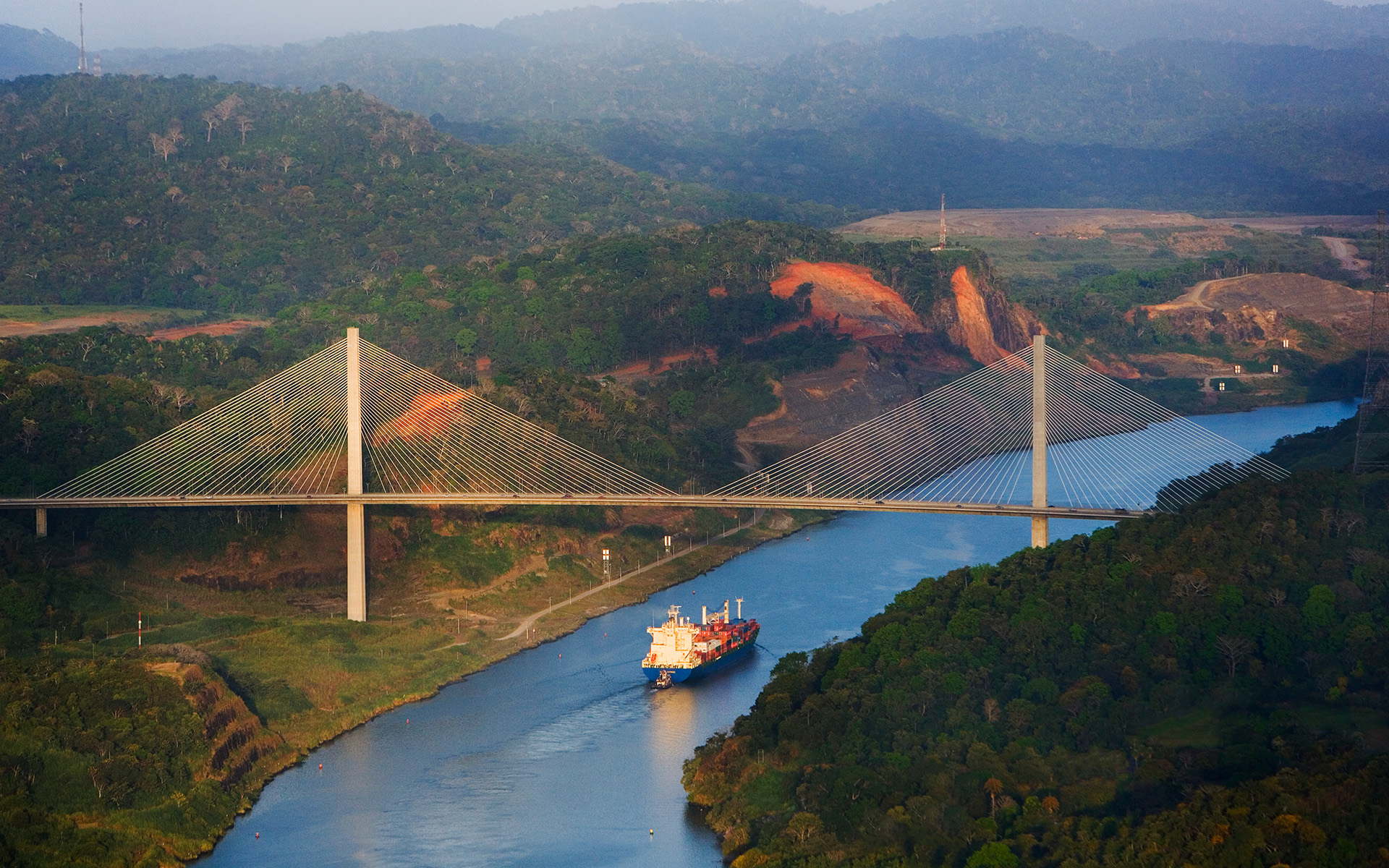The city is both an aviation hub for Central America and a critical conduit for global shipping and trade via the Panama Canal.
City Class Score
| Commercial Hubs | |
| Export Champions | |
| Mobility Connectors | |
| Climate Resilient |
Corporate HQs, MNC presence, branded outlets, hotels, manufacturing, start-up ecosystem,
transport linkages, population, and income.
Go to the class information
Manufacturing, industrial parks, export share and share change by category, air and port
infrastructure, freight time to market, trade agreements, and expert interviews.
Go to the class information
Passenger traffic, flight connectivity, air-cargo flights, port infrastructure, container
ship sailings, and major road networks.
Go to the class information
Coastal and river flooding, extreme rain, extreme heat and humidity, cyclones, and water
scarcity.
Go to the class information
Panama City’s waterfront promenade, Cinta Costera, offers spectacular views of
the city’s skyline, with some of Latin America’s tallest skyscrapers. Just a short drive away, the
centuries‑old ruins of Panama Viejo reveal a different past. Founded in 1519 by the conquistador
Pedrarias Davila, these ruins were once the oldest European settlement on the Pacific coast of the
Americas. Venture a bit further west and container ships seemingly float above the landscape as they
glide through the Panama Canal. Both sites are vivid illustrations of the city’s dual identity as a
historical and modern mobility hub.
In recent decades, Panama City has thrived on the
globalization of trade, particularly benefiting from the surge in commerce between China and the
United States. While shifts in global supply chains may alter the landscape of opportunity, the city
remains well positioned for whatever comes next. “China plus one” strategies often lead to a pivot
from China to other Asian manufacturers, yet shippers to the US East Coast still rely on the Panama
Canal. Should South America begin to capture a share of this production, Panama City could play a
vital role, leveraging its robust aviation and shipping industries.
Dubbed the “Hub of the
Americas,” Panama City serves as the main connecting point between Central and South America, and
rightly so. The city ranks among Latin America’s most internationally connected urban centers,
trailing only Cancun, and caters to both transit passengers and around 2 million visitors annually.
There’s plenty of room for growth, especially with the new South Terminal set to increase capacity
from approximately 6 million to 15 million travelers. Beyond aviation, Panama City also welcomes
more than 320,000 cruise ship passengers each year, many arriving from the United States.
The aviation sector alone justifies Panama City’s status as a mobility hub. It’s also only a
30-minute drive to the Panama Canal itself — an 82-kilometer engineering marvel that links the
Atlantic and Pacific Oceans. Constructed in the early 1900s, this canal spares more than 10,000
container ships each year from the lengthy voyage around the southern tip of South America. When
drought conditions in 2023 caused a nearly one-third drop in the number of ships using the canal,
the ripple effects were felt around the globe — a testament to the city’s unique influence that few
other mobility hubs can claim.

